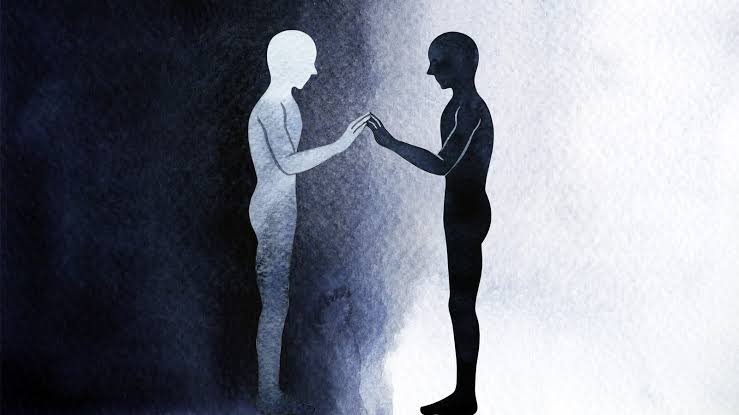THE INTEGRATION OF THE SHADOW

Has your friend ever pointed out something about your personality that you had not noticed previously? Or maybe you do know about that personality trait, but you try to explain it away and deflect the responsibility for your actions from you to some external factors. Personality traits like this include rage, cruelty, laziness, envy, greed, and prejudice.
Most people do not want to acknowledge and face these parts of themselves, so they repress them. However, this does not do much to silence our darker selves, instead, it gets expressed so strongly at the slightest opportunity, much like disturbed soda spills out of a soda bottle like a projectile the very first chance it gets. The repressed aspects of the self were referred to by Carl Jung as the disowned self or the shadow.
The integration of the shadow is a concept first introduced by the famous Swiss psychoanalyst, Carl Jung. According to Jung, the human psyche comprises multiple archetypes and is not limited to the conscious ego. Jung posits that one of the most important archetypes is the shadow. In Carl Jung’s words, “the shadow personifies everything that the subject refuses to acknowledge about himself but yet is always thrusting itself upon him directly or indirectly.”
The shadow represents the dark, unconscious aspects of the human psyche that are often repressed, rejected, or denied. This includes qualities and characteristics we may find undesirable or unacceptable in ourselves. Jung believed that the shadow is a vital part of the human psyche, and that it cannot be ignored or repressed without causing psychological harm. Jung had this to say about the shadow, “Unfortunately, there can be no doubt that man is, on the whole, less good than he imagines himself or wants to be. Everyone carries a shadow, and the less it is embodied in the individual’s conscious life, the blacker and denser it is.”
According to Jung, the process of integrating the shadow involves acknowledging, confronting, and embracing the shadow aspects of oneself. This means the first step is increased self-awareness, becoming aware of and accepting our negative tendencies and emotions, as well as our positive ones. This process is not easy and requires a lot of self-reflection, introspection, and above all, honesty. It may also require working with a therapist or analyst who can help guide one through this process.
Jung believed that integrating the shadow is essential for achieving psychological wholeness and self-realization. As Carl Jung writes in Psychology and Alchemy, “there is no light without shadow and no psychic wholeness without imperfection.” By acknowledging and embracing our shadow, we can better understand ourselves and our motivations. We can also become more empathetic and accepting of others since we have learned to accept and integrate the parts of ourselves that we may have previously rejected or denied.
The integration of the shadow can also have broader implications beyond individual psychological growth. Jung believed that the repression of the shadow aspects of the collective psyche could lead to social and political problems. He believed that by integrating the shadow on a collective level, we could achieve greater harmony and understanding among individuals and between different groups.
In conclusion, the integration of the shadow is a complex and important process in the development of the human psyche. It involves acknowledging, confronting, and embracing the darker aspects of ourselves, which can lead to greater self-understanding, empathy, and social harmony. While this process is not easy, it is an essential step in achieving psychological wholeness and becoming the best version of ourselves, individually and as a society.